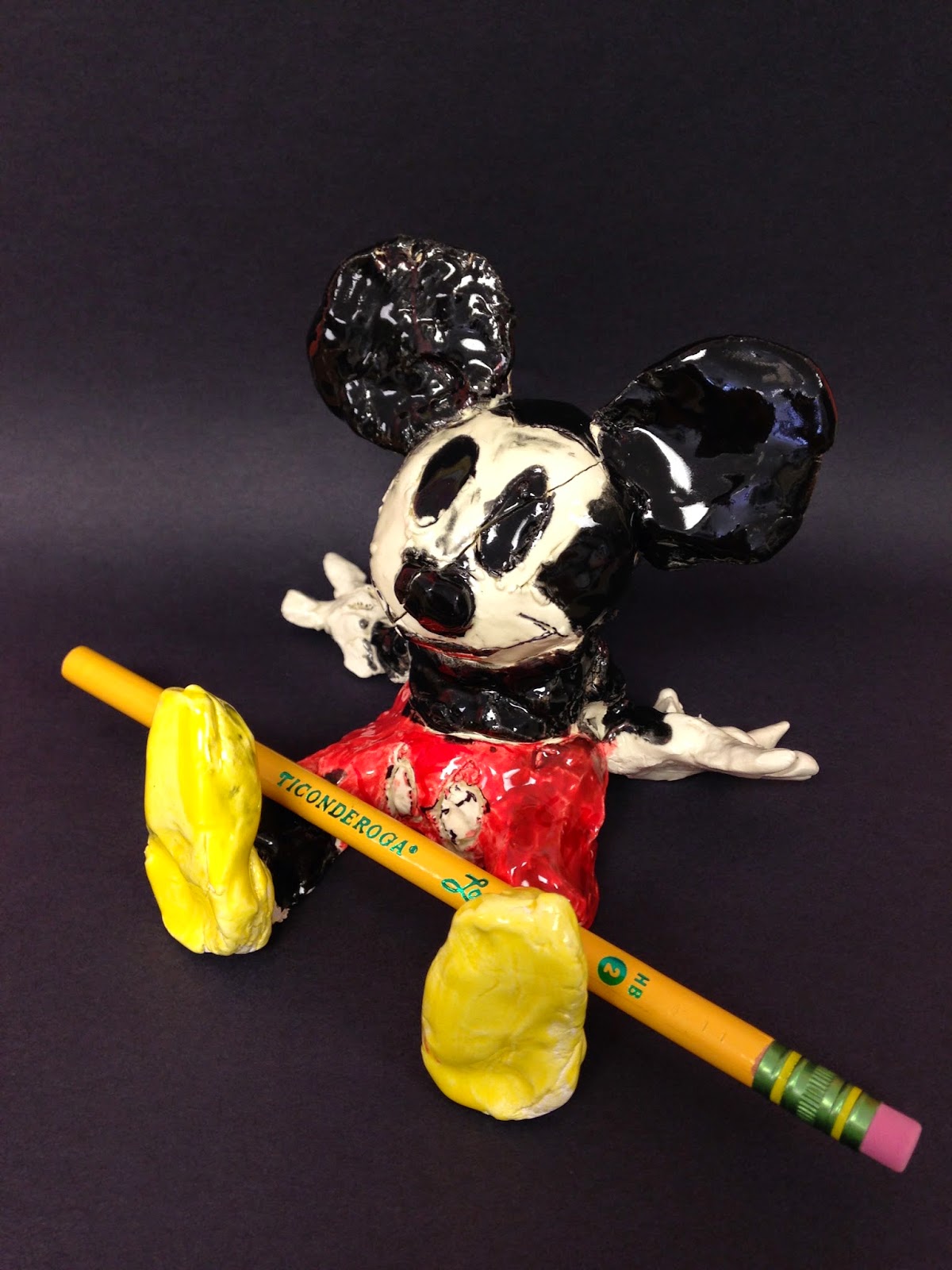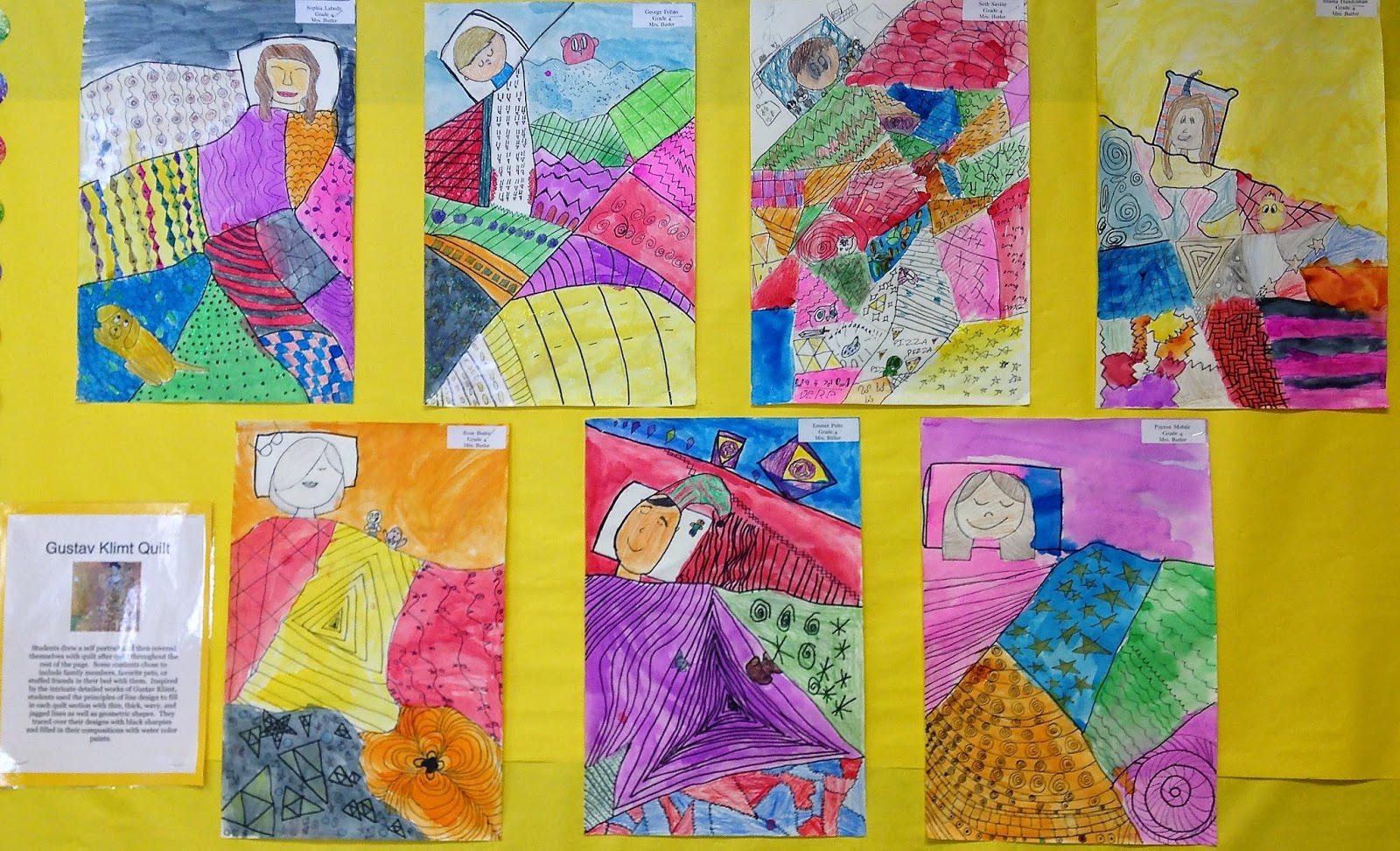Joan Miro's name is pronounced hoän mro.
Joan Miro (1893-1983) was a Spanish painter and sculptor who produced vivid abstract and surrealistic works of art during much of the 1900s.

Miro was born on April 20, 1893, in Montroig, Spain, which is near the city of Barcelona. His father was a goldsmith and watchmaker.
 After Miro returned to Spain in 1940, he lived mostly in Majorca. He painted, sculpted, worked in ceramics, produced many mosaics and murals, and illustrated over 300 books. Miro lived to be 90 years old, dying on December 25, 1983.
After Miro returned to Spain in 1940, he lived mostly in Majorca. He painted, sculpted, worked in ceramics, produced many mosaics and murals, and illustrated over 300 books. Miro lived to be 90 years old, dying on December 25, 1983.First grade students learned about the surrealistic art movement by examining some of Miro's works. We played a fun game called "Roll a Miro" that provided students with fun Miro inspired shape options that allowed them to piece together a creature not unlike those found in Miro's whimsical artworks.
After drawing their creatures, they learned about the dynamic ways oil pastels could be combined and utilized to perform like paint on a paper. Mixing colors enabled students to explore color theory principles and discover new combinations. The composition was outlined with black oil pastel when completed and are currently hanging by the Treehouse and in the first grade hallway.










































